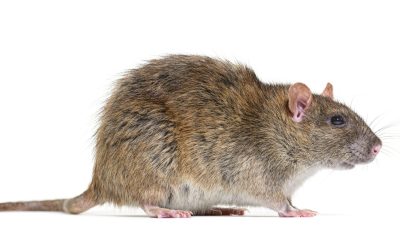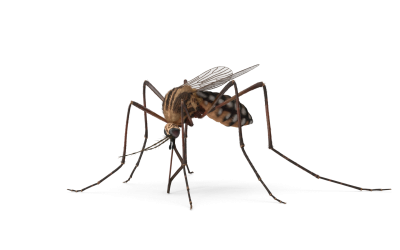Rats have long been inhabitants of human settlements, playing an integral but often misunderstood role in urban ecosystems. Their presence and influence within city environments warrant a closer examination of their significance.
Historical Perspective
Rats have a deep-rooted association with urban environments. From their historical presence on ships during trade eras to their subsequent colonization in cities, these rodents have adapted to human societies. The prevalence of rats in urban settings has been a persistent reality, and their adaptable nature has allowed them to thrive amidst human populations.
Rat Behavior and Habits in Cities
Rats exhibit distinct behaviors and habits within urban landscapes. Their agility, nocturnal nature, and ability to exploit various food sources make cities a prime location for their proliferation. They navigate through sewers, burrows, and dark crevices, finding shelter and sustenance within the urban fabric.
Impact on Urban Environments
Rats have a multifaceted impact on urban ecosystems. Ecologically, their presence influences the balance of the urban food chain and affects other wildlife. Beyond ecology, they pose challenges to public health and create potential risks to city infrastructure by gnawing on electrical wiring and damaging property.
Disease Transmission and Health Concerns
Rats are known vectors for various diseases. Through their urine and droppings, they can transmit diseases like leptospirosis, hantavirus, rat-bite fever, and salmonellosis. Leptospirosis is a bacterial infection that can cause severe symptoms such as high fever and organ damage. Hantavirus is a potentially fatal respiratory disease transmitted through contact with rat excreta. Rat-bite fever, as the name suggests, is contracted through a rat bite, scratch, or contact with rat feces.
Additionally, rats are known carriers of salmonella bacteria, which can cause food poisoning when contaminated rat droppings come into contact with food or surfaces. Controlling rat populations is crucial in minimizing the spread of these diseases and maintaining public health in urban areas.
Control and Mitigation Strategies
Controlling rat populations in cities is a challenging task. Various methods, such as baiting, trapping, and exclusion, are used for rat control. However, it is crucial to adopt responsible and effective control measures to manage rat populations without causing harm to the environment or other species.
Utilizing Pest Control Specialists
Utilizing pest control specialists is a crucial strategy in effectively managing rat populations within cities. These professionals possess specialized expertise in assessing and addressing rat infestations. They conduct thorough inspections to identify nests, entry points, and other key areas where rats breed or reside.
Pest control specialists implement targeted and environmentally conscious solutions to mitigate rat populations, such as strategically placed baits and traps. They can provide guidance on prevention measures, sealing entry points, and recommendations for maintaining a rat-free environment. Hiring these experts ensures a more comprehensive approach, promoting not only the reduction of rat infestations but also the safety of the environment and other non-target species.
Balancing Coexistence
Achieving a balance in coexisting with rats involves understanding the challenges and opportunities that come with managing their populations in urban areas. It is essential to acknowledge their presence and work toward developing strategies that maintain ecological balance while managing potential health risks.
The presence of rats in urban ecosystems has complex implications. Understanding their behavior and their impact on cities is fundamental to developing responsible management strategies. By exploring rat populations’ role in urban environments and balancing the need for control measures with ecological integrity, cities can work towards creating healthier, more harmonious urban spaces.





0 Comments